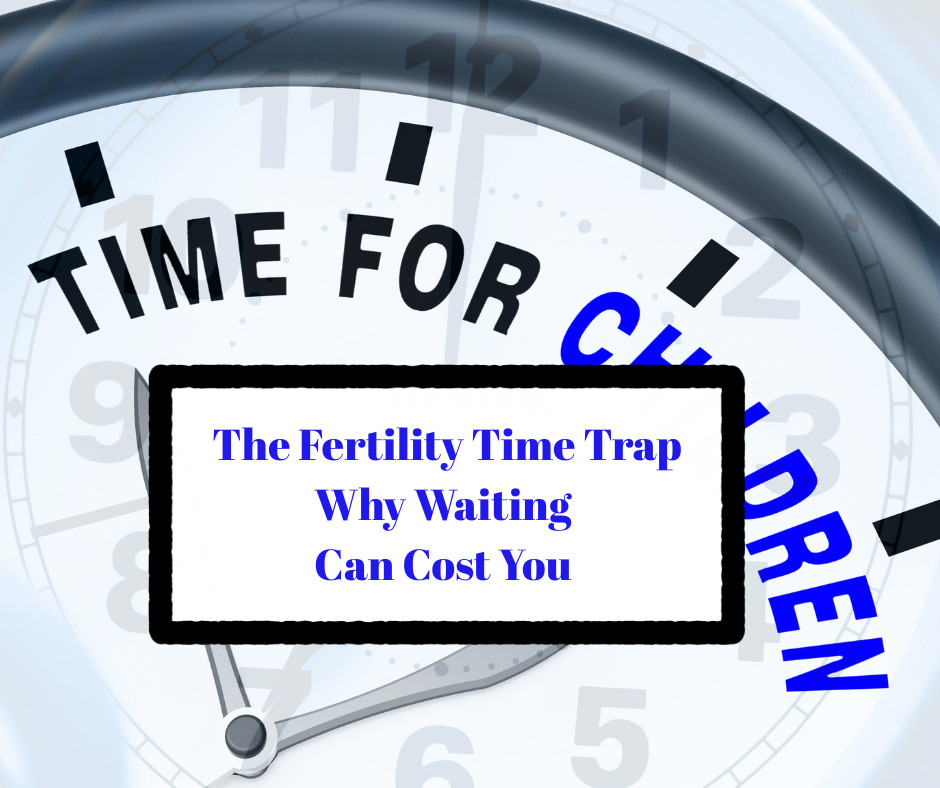
The Hidden Cost of “Wait and See”
If you’ve been trying to conceive for months without success, you may have heard the most common advice in fertility care: “Let’s just wait and see.”
At first, it sounds reassuring. Maybe all you need is more time. But for many women—especially those facing infertility over 35—waiting isn’t neutral. Every month matters.
Here’s what often gets overlooked: doing nothing for six months can dramatically change your fertility odds. There is so much you can be doing while the medical community tells you to "just wait and see". Most women with infertility KNOW there's an issue long before they get an official diagnosis.
Why Six Months Is Too Long to Wait (Especially Over 35)
If you’re under 35, doctors often recommend waiting a full year before exploring infertility testing. If you’re over 35, the “wait” recommendation is typically six months. But here’s the problem:
- Egg quality naturally shifts each month after 35. That doesn’t mean your fertility is over—it means every month counts.
- Unexplained infertility often has root causes (thyroid, inflammation, clotting, gut health) that aren’t going to resolve on their own.
- The emotional toll of waiting—month after month of negative tests—can increase stress, cortisol, and inflammation, all of which impact fertility.
In other words: those six months aren’t neutral. They can mean the difference between a straightforward solution and more complex interventions later.
The Truth About “Unexplained Infertility”
Many women are told they have unexplained infertility after routine labs and a basic evaluation. But “unexplained” doesn’t mean there’s no reason. It means the standard system hasn’t found it yet.
In my own journey—and in the women I coach—I see root causes missed all the time:
- Suboptimal thyroid function that falls in the “normal” range
- Low progesterone that wasn’t measured at the right time in the cycle ( or measured and then not treated properly)
- Undiagnosed clotting factors or autoimmune antibodies
- Gut and inflammatory issues that disrupt hormone balance
Labeling it “unexplained” and sending women home to “just try again” wastes precious months that could be spent uncovering solutions.
What You Can Do During the Wait-and-See Period
The good news? Waiting doesn’t have to mean doing nothing. Even if your doctor says you’re in the “wait period,” there are proactive steps you can take right now.
1. Request Deeper Fertility Testing
Don’t wait for a second or third miscarriage, or six months or a full year of trying, before testing. Ask about:
- Full thyroid panel (TSH, Free T3, Free T4, antibodies)
- Progesterone tracking throughout the luteal phase
- Vitamin D, ferritin, B12, folate, homocysteine
- Clotting panels (Factor V Leiden, antiphospholipid antibodies, MTHFR)
2. Optimize Nutrition & Lifestyle
- Focus on whole foods rich in antioxidants (berries, leafy greens, nuts, omega-3s)
- Reduce toxins from plastics, pesticides, and conventional personal care products
- Support sleep, stress management, and movement to keep inflammation low
3. Track Your Cycle & Symptoms
Learn your fertile window, but also note symptoms like fatigue, hair loss, heavy bleeding, or irregular cycles—clues that something deeper may be happening.
4. Work With a Fertility Coach
This is where guidance matters. A fertility coach can help you connect dots your doctor may overlook closing the gap between success and failure. They can guide you toward root-cause testing, and keep you moving forward instead of standing still during the wait-and-see months.
The Cost of Doing Nothing vs. The Benefit of Acting Now
Imagine two paths for a woman at 36 who has been trying for six months:
- Path 1: Wait-and-See
She delays deeper testing for six more months. By the time she returns, she’s 37, still without answers, and the clock feels even tighter. - Path 2: Root Cause Action
She uses those six months to test thyroid, progesterone, clotting, and inflammation markers, begins addressing diet and toxins, and enters her next six months optimized for conception.
The difference? One feels stuck, defeated, and behind. The other feels empowered, supported, and closer to her dream of motherhood.
The Bottom Line
When your doctor says “wait and see,” it doesn’t have to mean do nothing. Especially if you’re facing infertility over 35 or have been told your situation is unexplained infertility, waiting passively can cost you valuable months.
Instead, use this time wisely: pursue root cause testing, optimize your health, and work with a fertility coach who understands how to connect the dots.
Because in the fertility journey, time is precious—and taking action now can mean the difference between despair and hope.



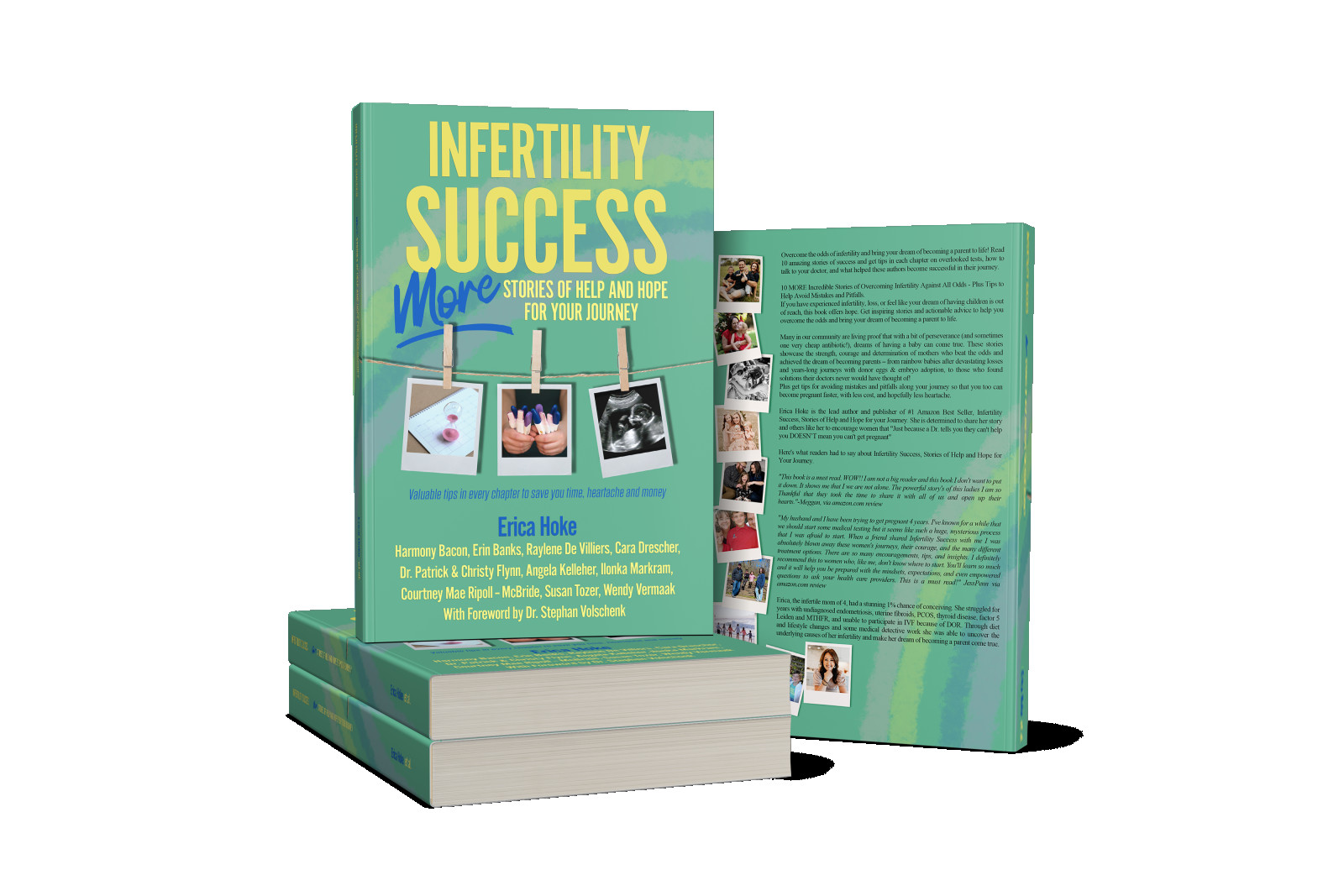

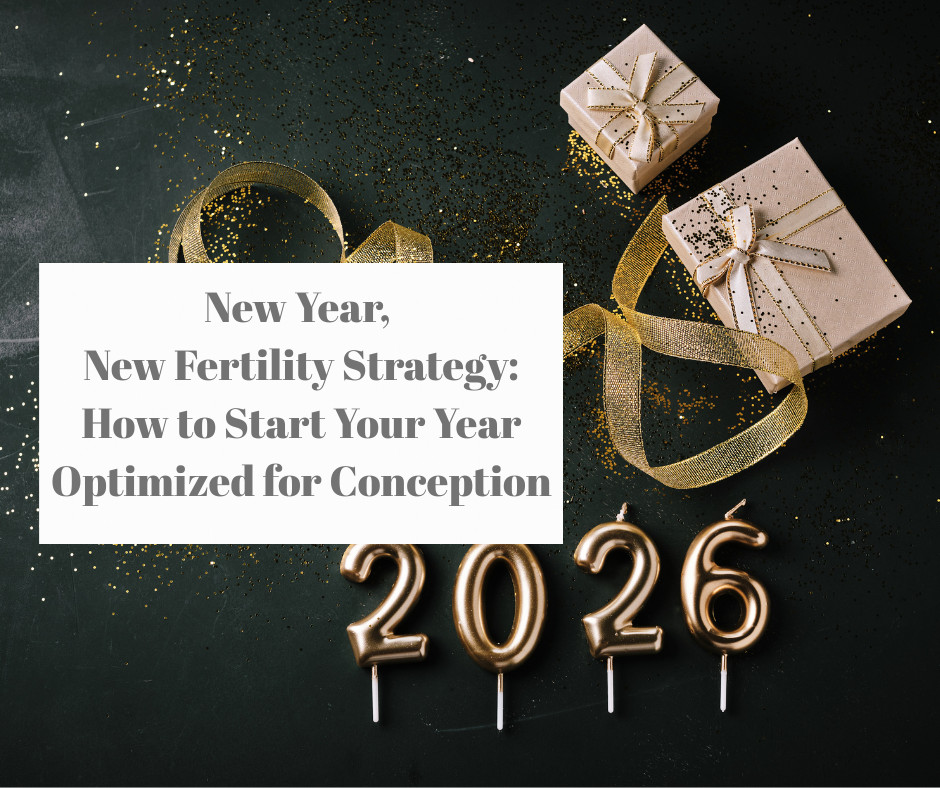
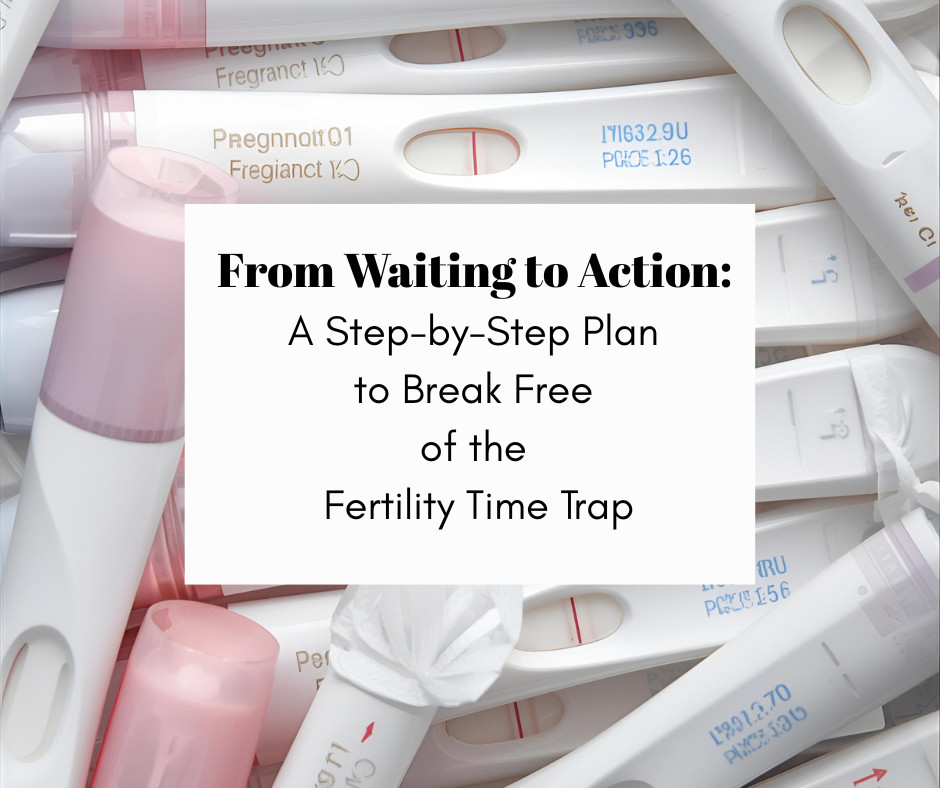
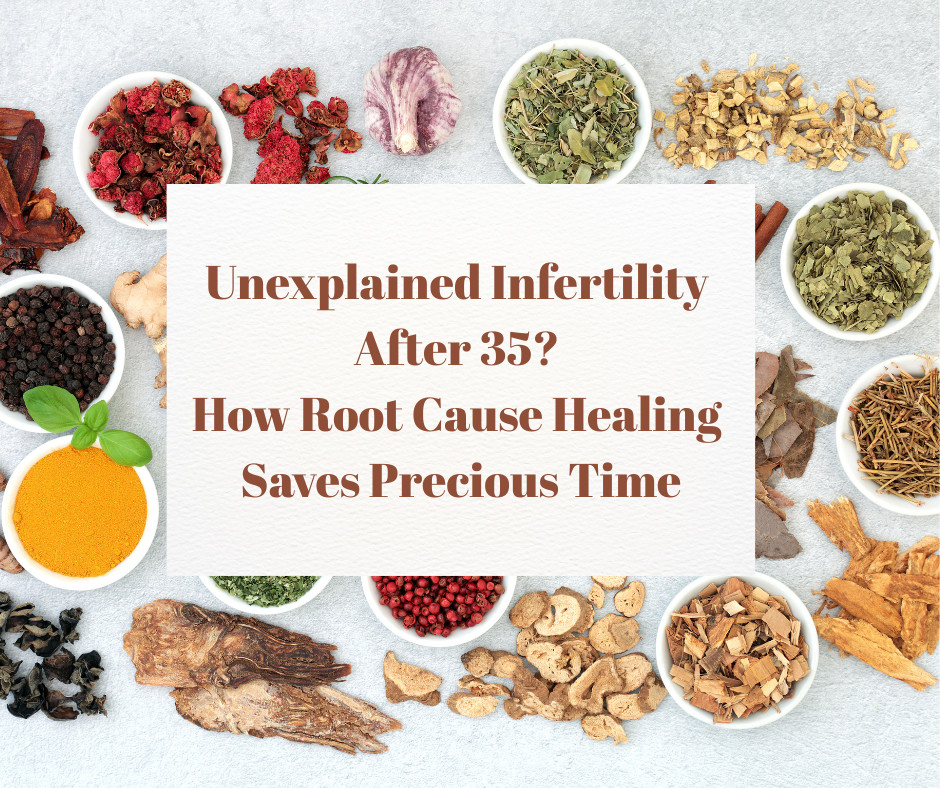
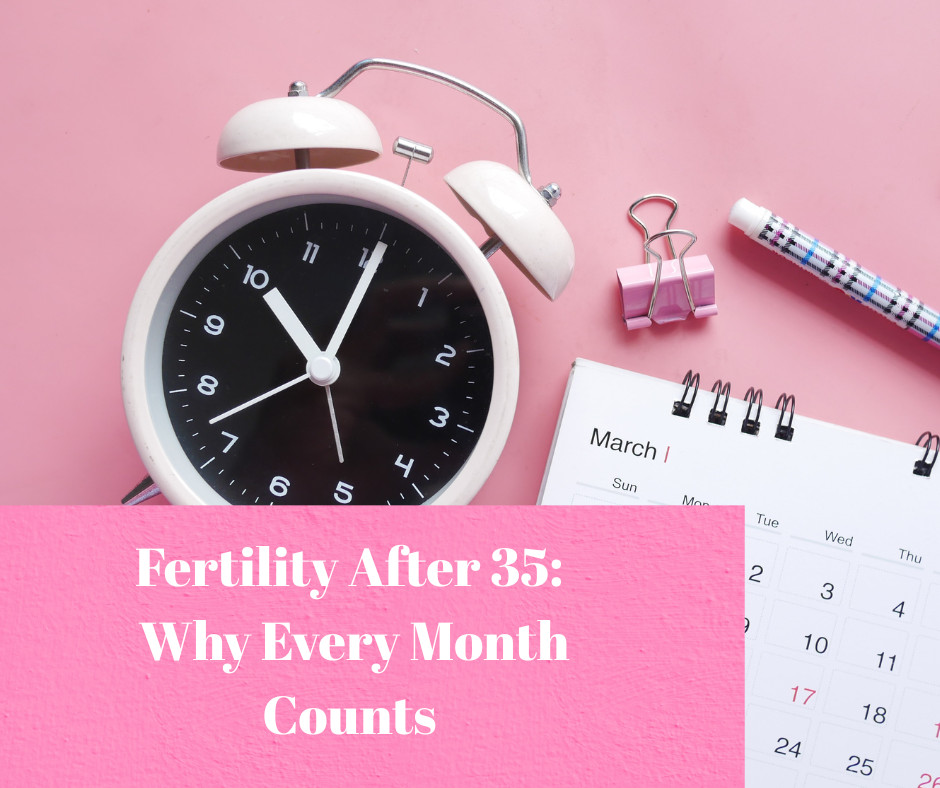




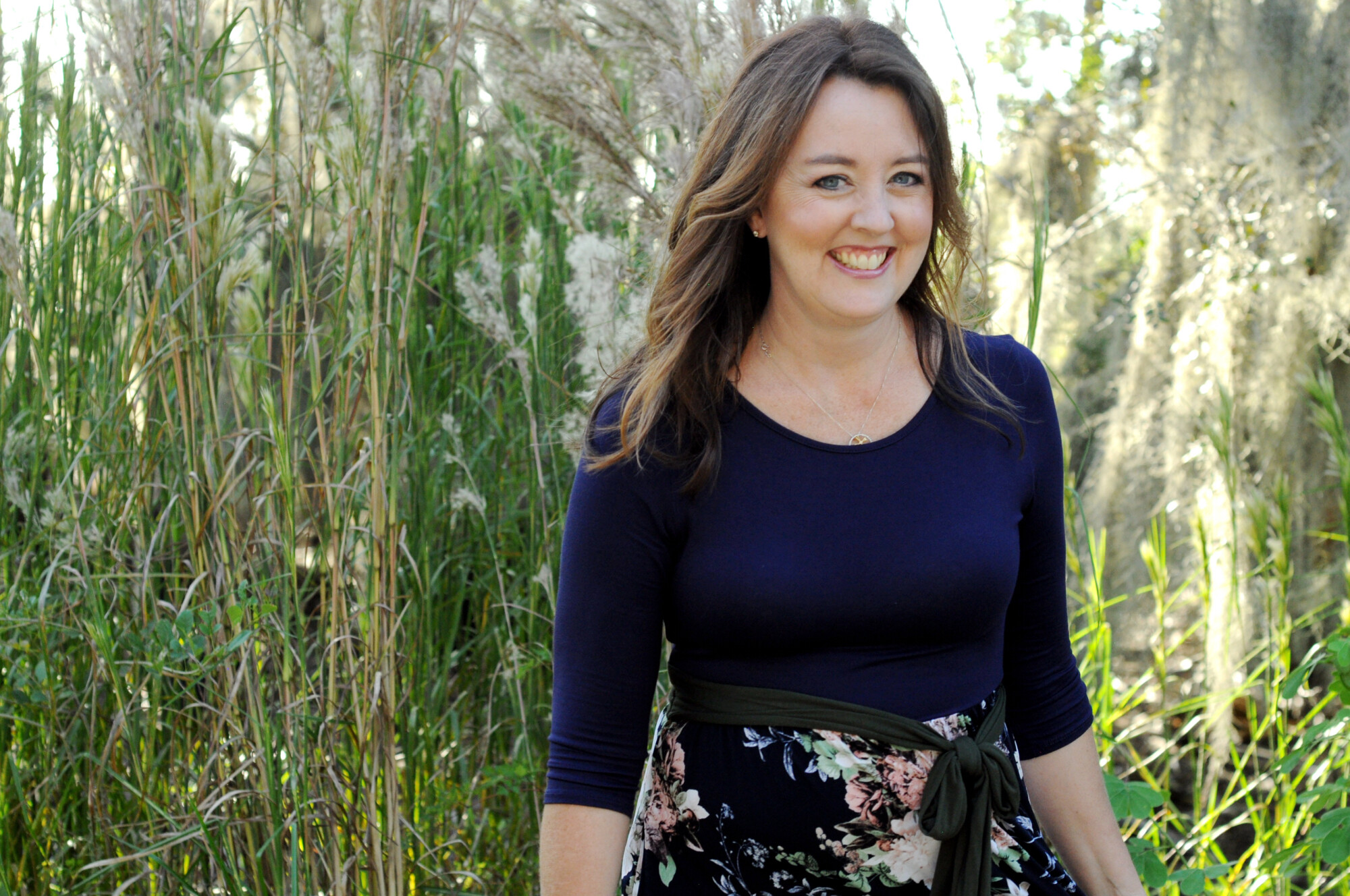
0 Comments